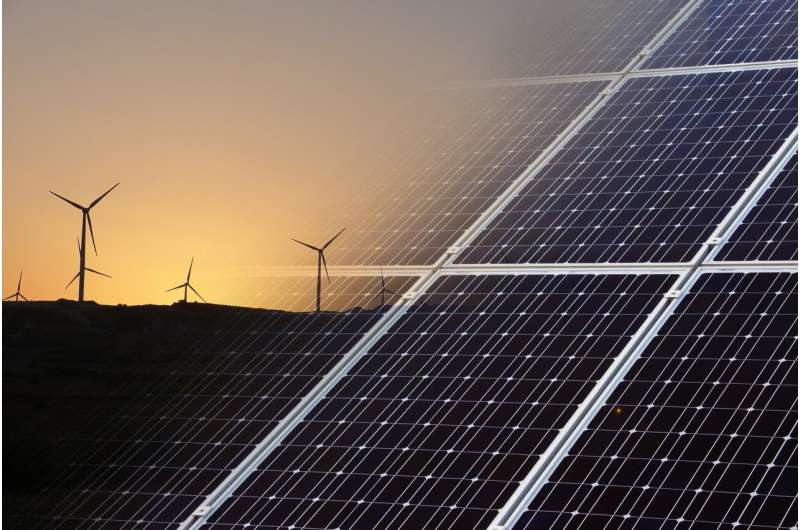by Bianca Schröder, Forschungsinstitut für Nachhaltigkeit Helmholtz-Zentrum Potsdam

How effective is citizen and public participation in the energy transition? This question has been explored in numerous case studies—with varying results. But what broader insights emerge when these findings are brought together? To find out, Jörg Radtke of the Research Institute for Sustainability (RIFS) conducted a comprehensive analysis, recently published in the journal Renewable and Sustainable Energy Reviews.
Radtke reviewed 129 studies focusing on participation processes in Germany, Austria, and Switzerland, and identified four levels of inclusion in participation. The most commonly occurring levels of participation are information (through media and public events, for example) and consultation (formats focused on dialog with various stakeholders).
The third most frequently used form is involvement, using more intensive dialog via citizens’ assemblies or negotiations with interest groups. The least common level of inclusion is empowerment—participatory processes that give citizens real decision-making power, for example via referenda, petitions, or public votes.
Radtke’s literature review pinpoints similar deficits in participation across numerous studies—in particular in the quality of participation processes, or what is known as procedural justice. Radtke explains, “The concept of procedural justice refers to how people and groups are involved in decision-making, and the degree to which they can influence outcomes. At its core is the question of participation quality: Is the process transparent, open, and inclusive?”
Numerous surveys show that when people perceive the participation process as fair, they tend to be more satisfied with the outcome—even if they disagree with the decision itself, such as the construction of a wind farm. “What matters most is that people feel heard and that their views are taken seriously—not simply brushed aside.” Yet, the vast majority of studies Radtke reviewed show that this is often not the case: participation processes are frequently seen as unfair.
Based on his analysis, Radtke outlines key recommendations for improving participation practices:
- Engage stakeholders early to build trust and integrate input—especially stakeholders directly affected by proposed energy infrastructure.
- Use collaborative formats like workshops and citizens’ juries to gather diverse perspectives, assess potential sites, and develop ideas for implementation, environmental improvements, and compensation.
- Include marginalized groups to address power imbalances, such as residents in disadvantaged neighborhoods who may be disproportionately affected by energy projects.
- Communicate transparently and provide accessible information. Consider using online platforms, apps, or virtual assistants that offer 3D visualizations and can answer common questions.
- Combine participation methods, blending top-down and bottom-up approaches to integrate local knowledge. For instance, site visits after information sessions can help citizens to better understand planning proposals.
- Tailor strategies to community needs by focusing on local feedback and providing detailed information on issues that matter most to affected populations.
- Enable public feedback through digital platforms: encourage creativity and iterative planning by visualizing proposals in 3D models that citizens can comment on, rate, and discuss.
“Current practice is failing to harness the potential benefits of participation, such as increasing acceptance and reducing opposition,” Radtke notes. “Looking ahead to the continued expansion of wind energy, power lines, and heating networks, it’s clear how vital effective participation will be.
“Wind turbines, for instance, are likely to be built increasingly close to residential areas, or in scenic natural areas and tourist regions that depend on their landscapes. That means growing resistance is likely—unless we significantly improve how we do participation.”
More information:
Jörg Radtke, Barriers and benefits of public participation in energy transitions: A meta-analysis of empirical evidence from Central Europe, Renewable and Sustainable Energy Reviews (2025). DOI: 10.1016/j.rser.2025.115693
Provided by
Forschungsinstitut für Nachhaltigkeit Helmholtz-Zentrum Potsdam
Citation:
Citizen participation in the energy transition: Learning from experience (2025, June 5)
retrieved 5 June 2025
from
This document is subject to copyright. Apart from any fair dealing for the purpose of private study or research, no
part may be reproduced without the written permission. The content is provided for information purposes only.













Leave a comment